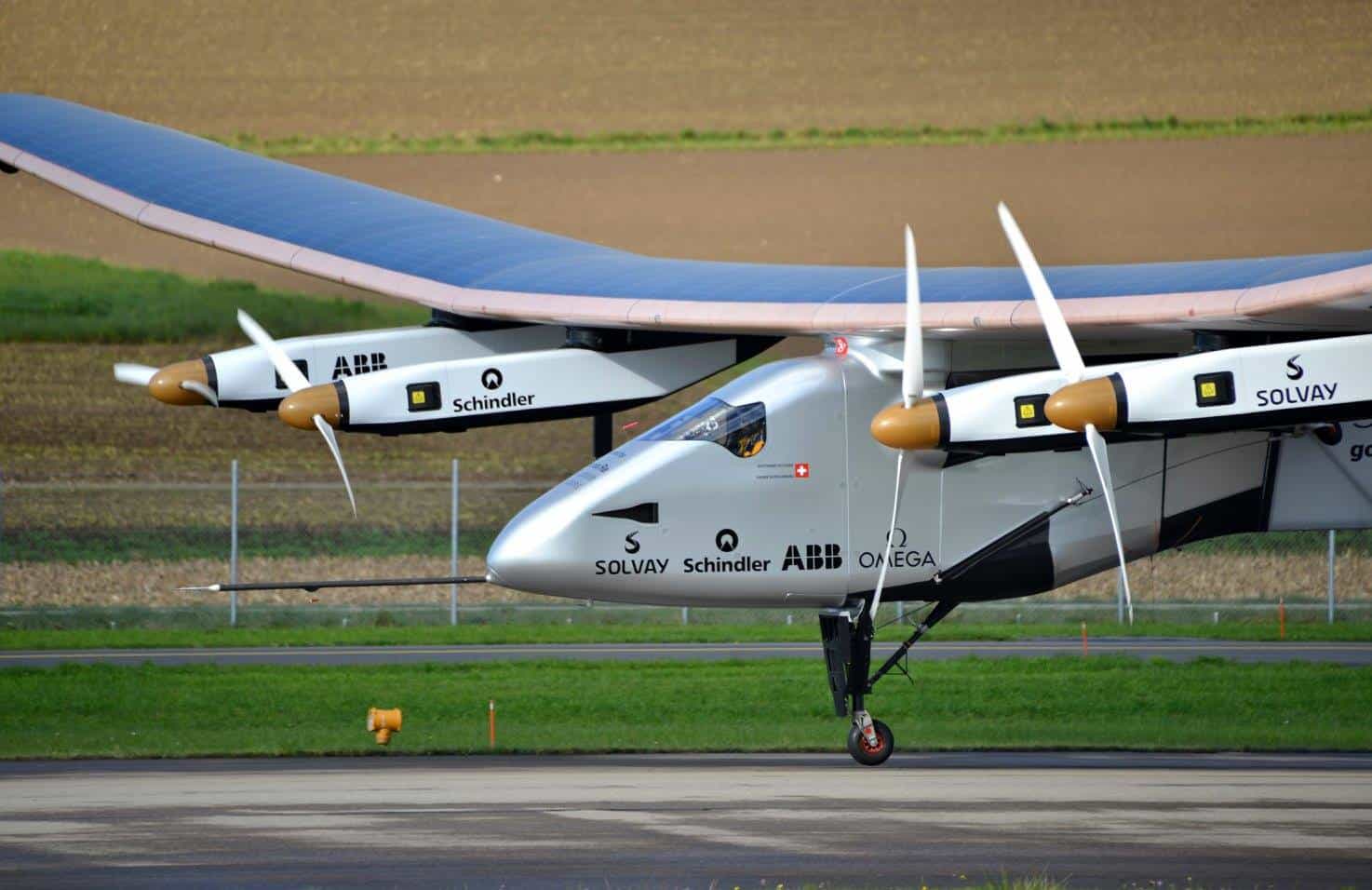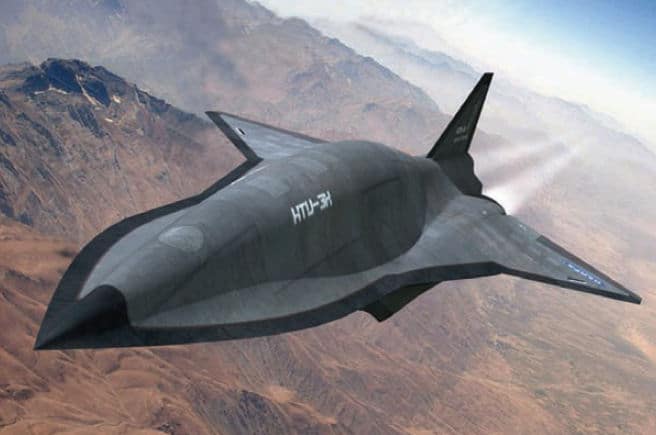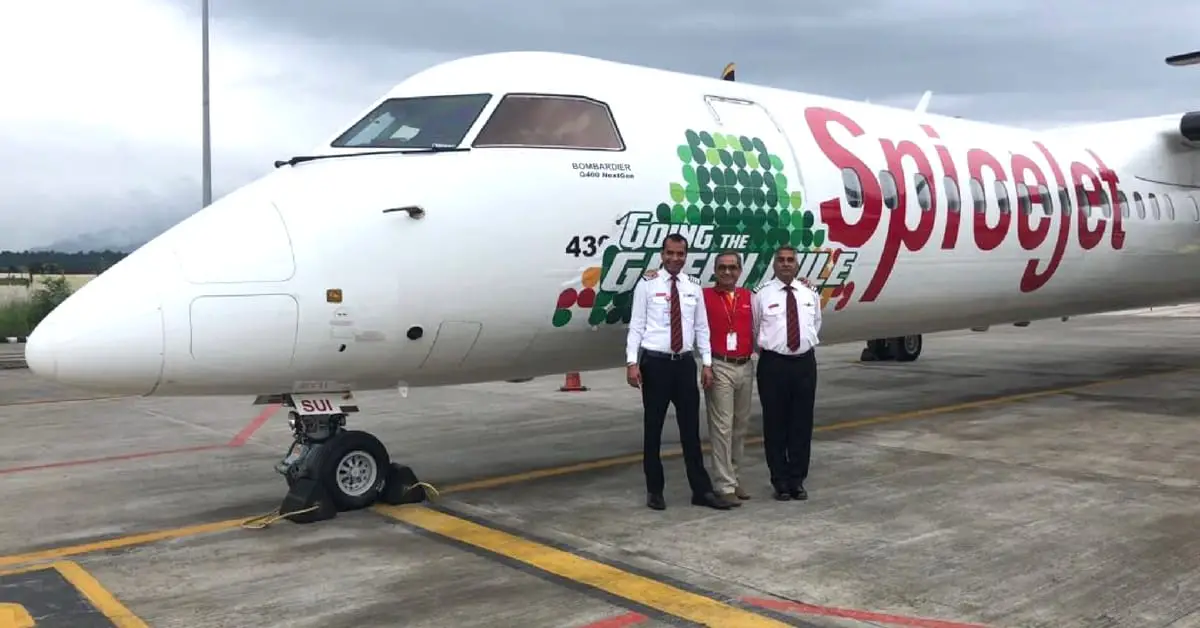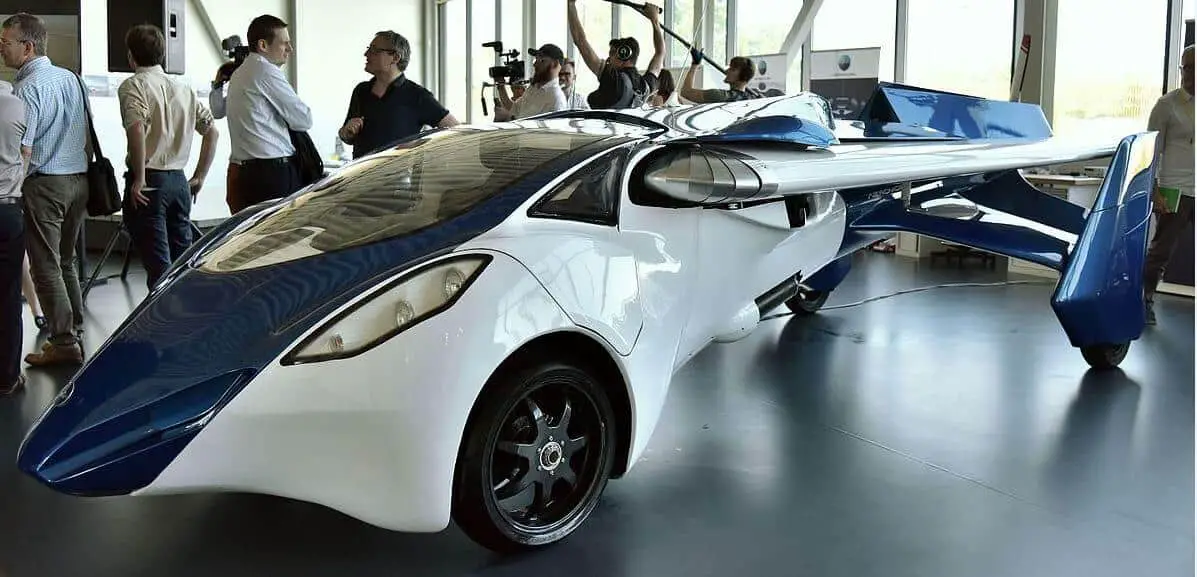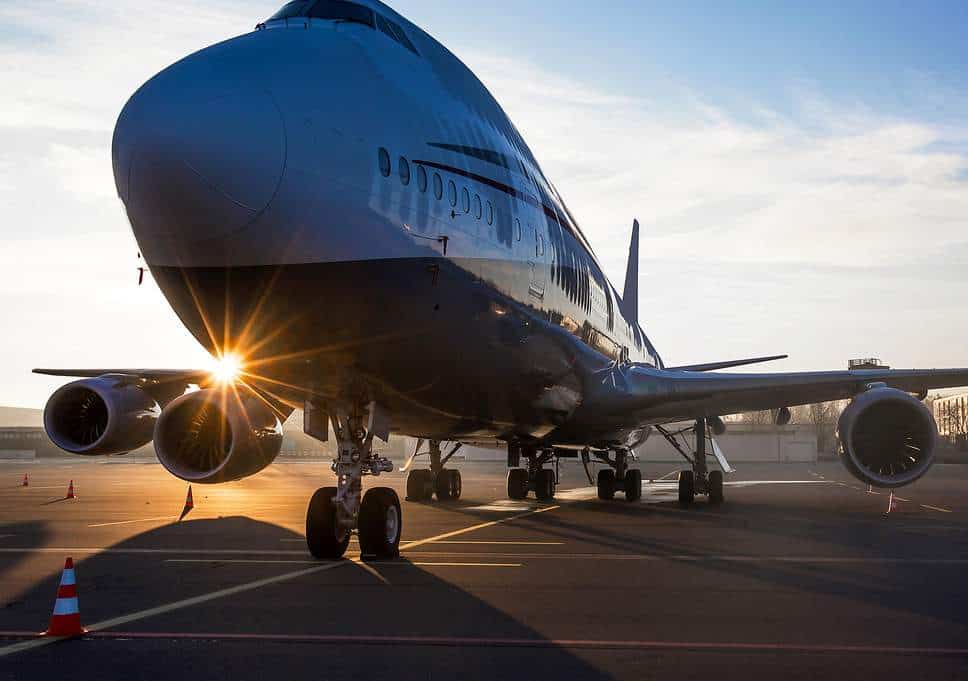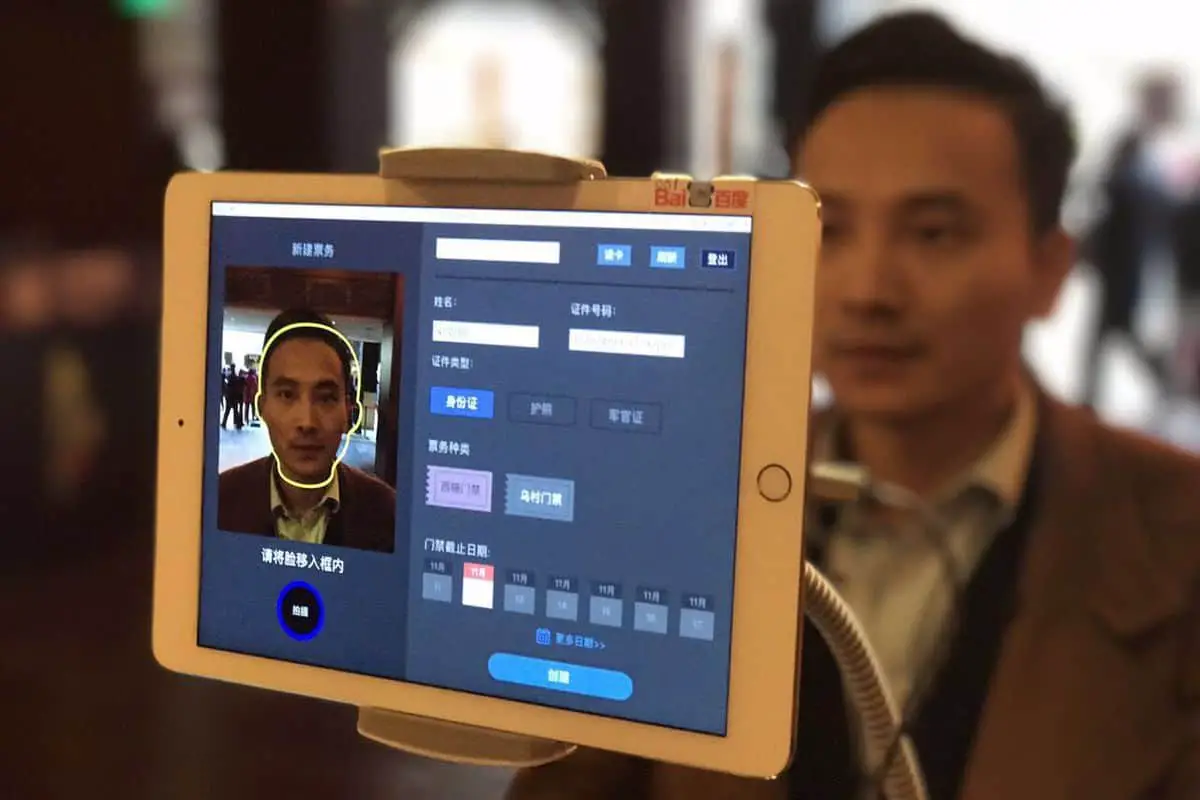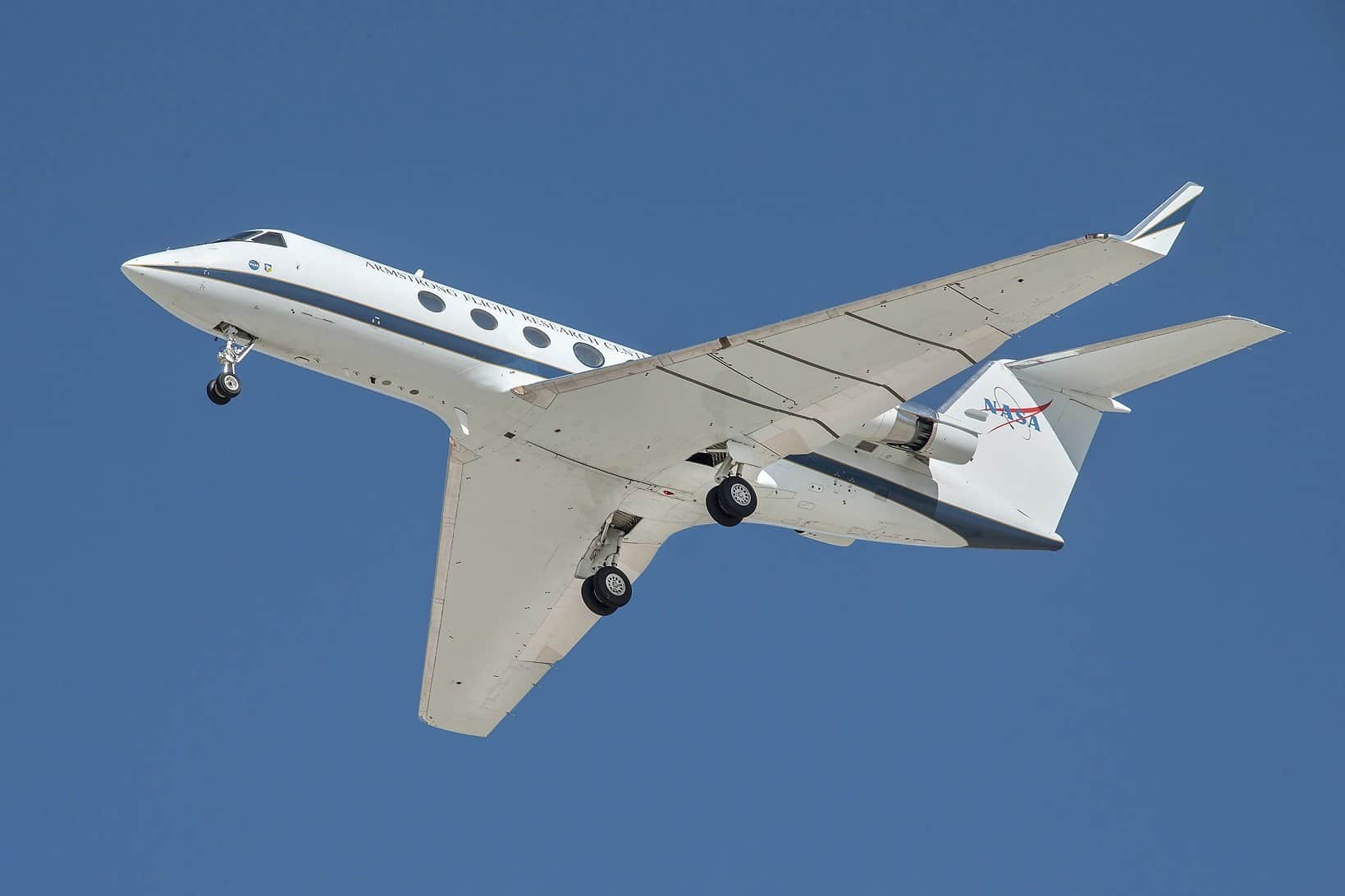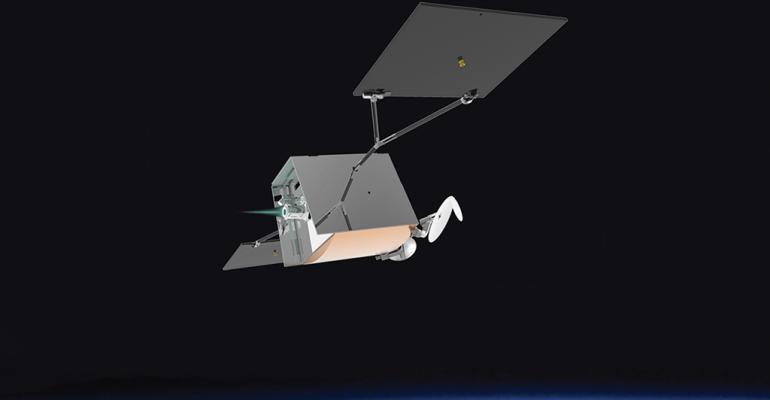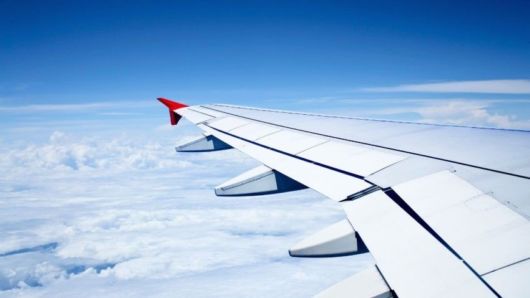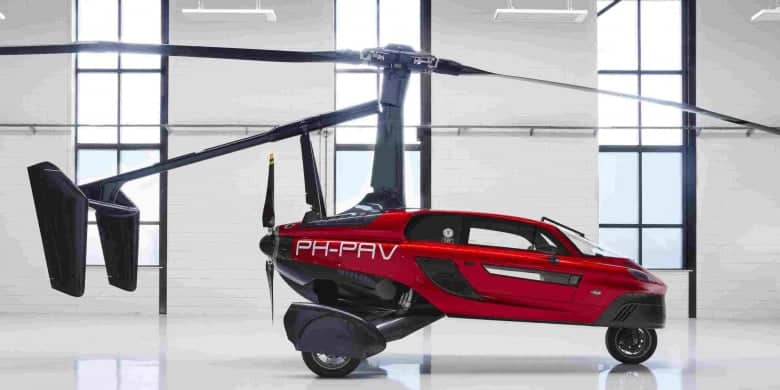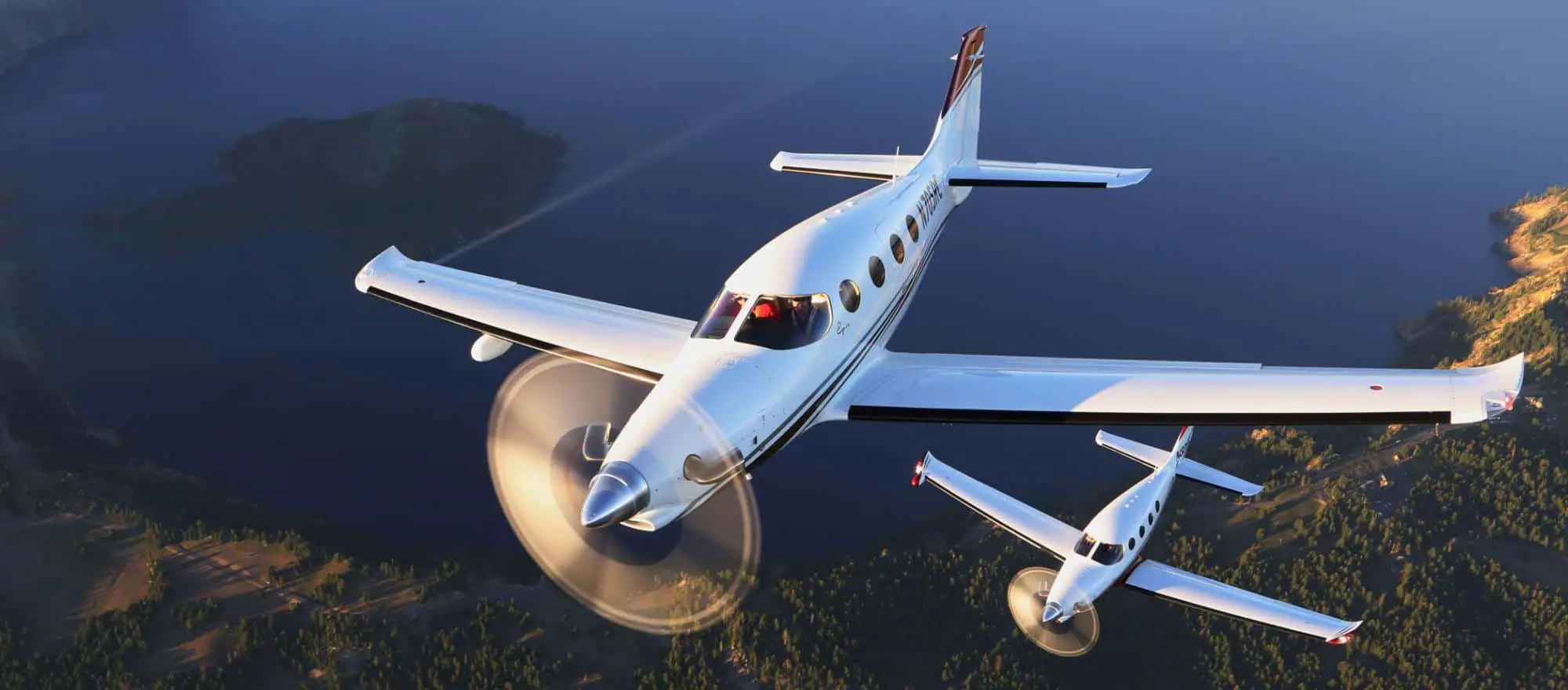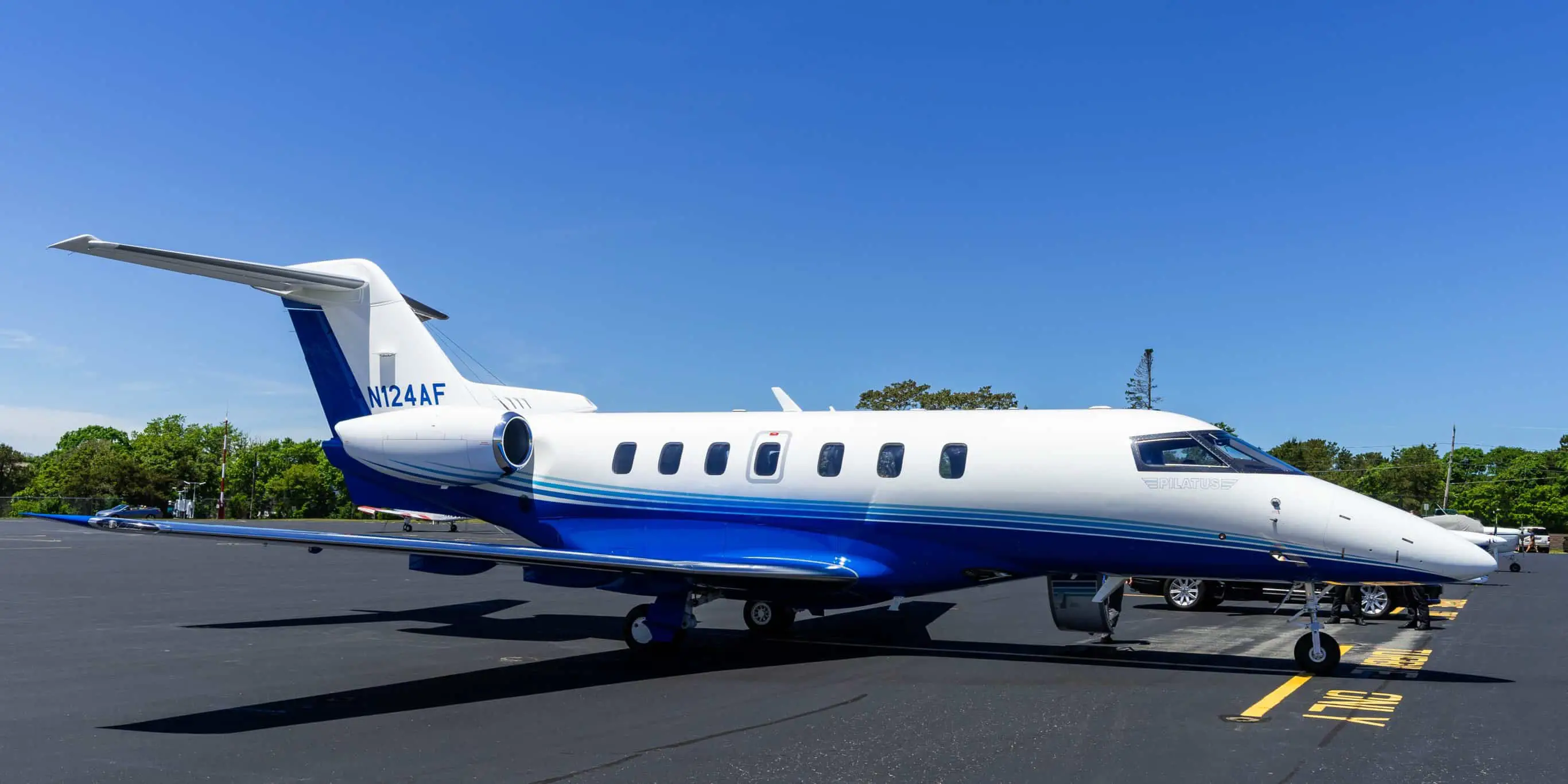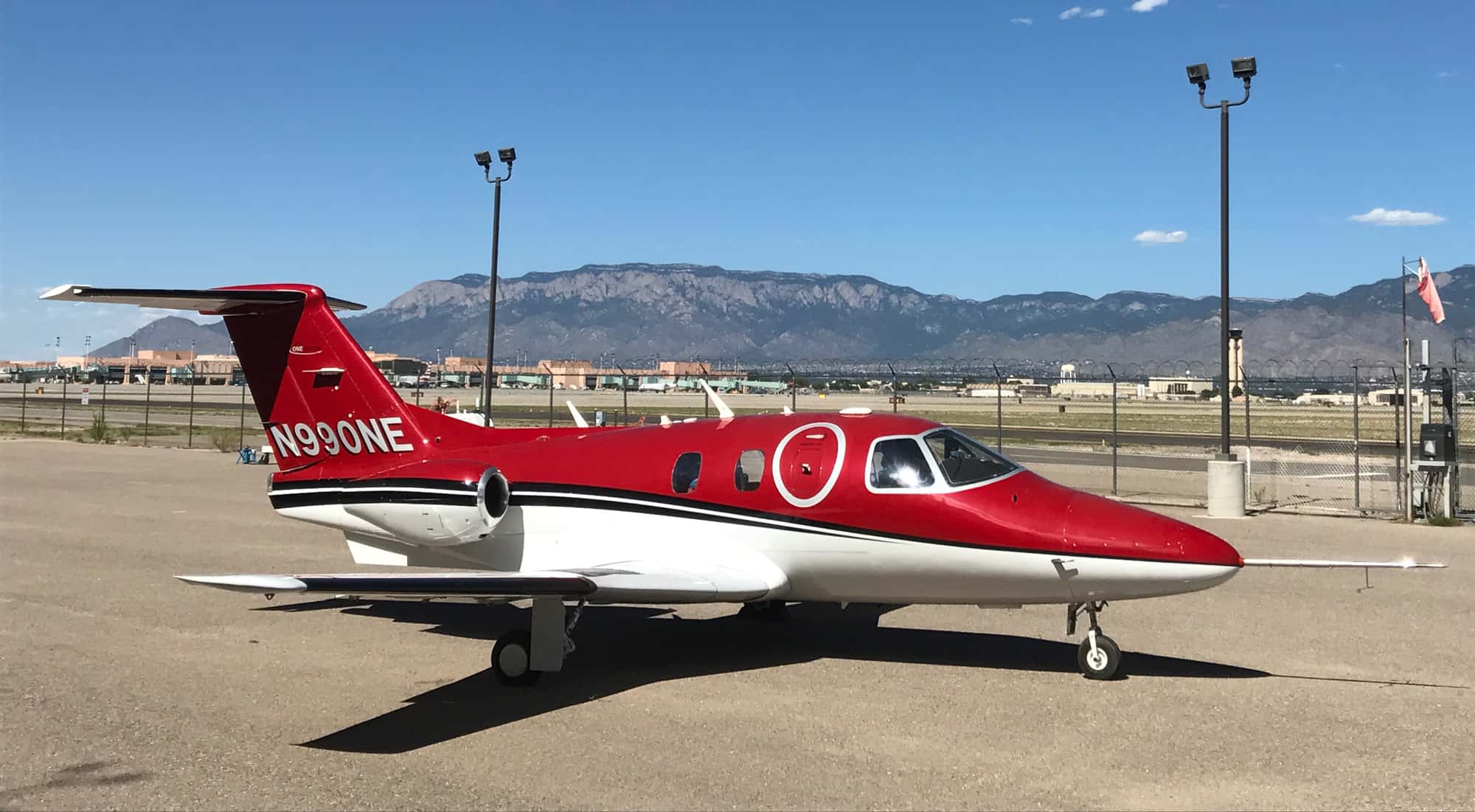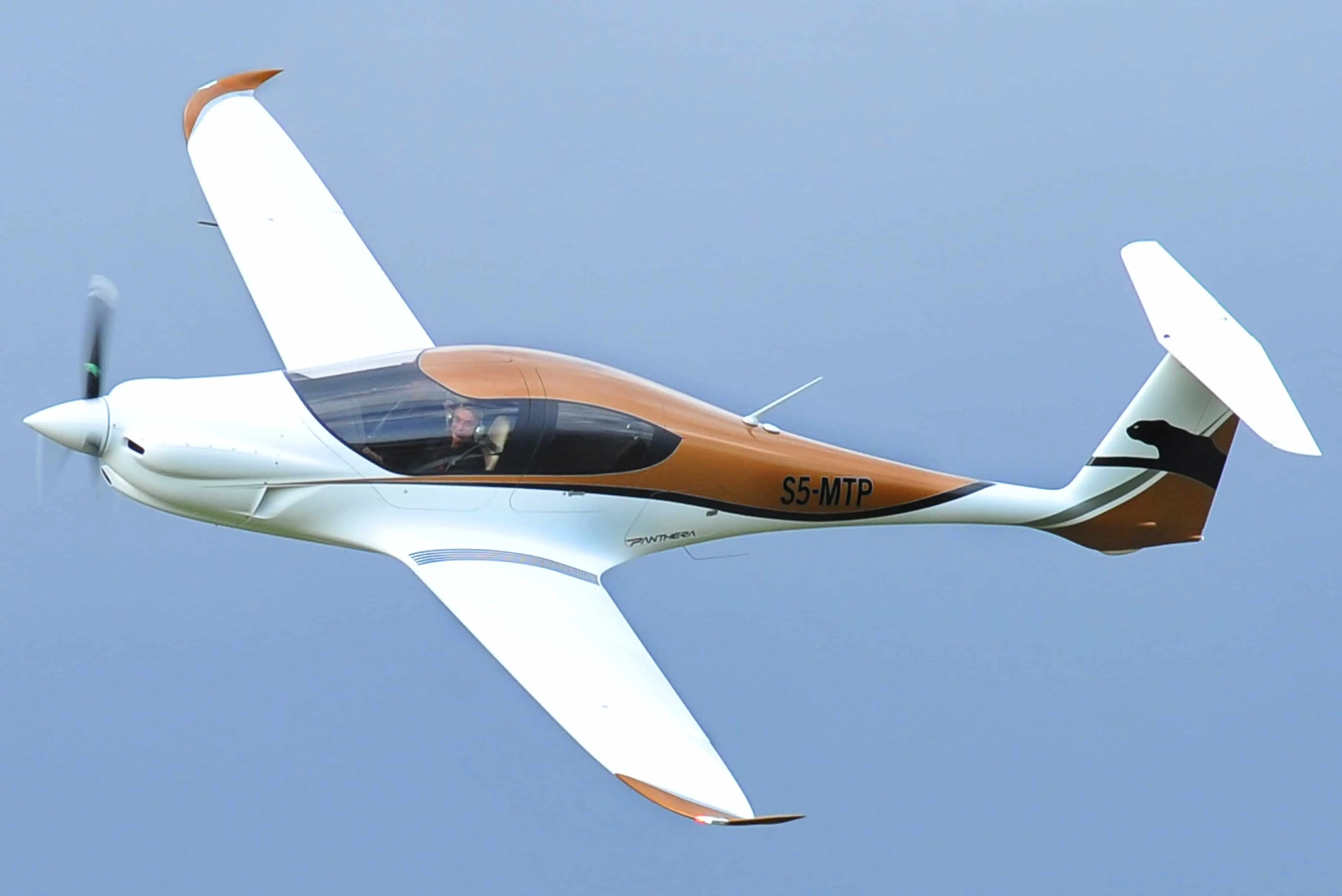Table of Contents
*This post may contain affiliate links. As an Amazon Associate we earn from qualifying purchases.
It is easy to see why an increasing population of world travelers, military personnel, and private pilots obsess over future aircraft technology. But with so many new developments in the flight industry, it can be hard to focus on a particular area. We help you out by compiling the ten most promising advances in flight in 2019 — both commercial and private.
Top Nine Future Aircraft Technology to Be on the Lookout for in 2019
With the advent of new aircraft designs and fueling methods, the science fiction of flying cars and hyperspeed jets is quickly becoming a reality. Whether it is new prototypes, successful tests, or entirely functioning flight models, there is plenty of future aircraft technology bursting onto the scene — both big and small.
While some of this new technology might help streamline travel, others hold the potential to revolutionize the way we travel and do business. With any luck, in twenty years the transportation and military aircraft we see every day will be nearly unrecognizable. This article will give you a sense of which aspects of the aircraft industry changed the most rapidly in 2018 by ranking them regarding their potential impact and viability. In doing so, we predict the most popular trends for 2019.
COMPARISON TABLE
How We Rank the Future Aircraft Technology on this List
We rank the future aircraft technology on this list according to how revolutionary its potential is within the commercial, private and academic fields. While concepts and aircraft that could potentially usurp everything we know about traditional flying will be located at the top, interesting airline improvements will be more toward the bottom of the list. Specifically, we look at the following set of criteria:
- Progress — How far along is the technology? Is it still in prototype mode or are there usable models?
- Viability — Will the existing market want this technology? Is it cost effective for major companies to get behind it?
- Convenience — How will the technology benefit the user? Or the airline companies? Or the government?
1) Electrically-powered Airplanes
Combustible airline engines will not be sustainable in the future. With climate change becoming an increasingly looming threat, any technology that reduces our dependence on ozone layer-destroying byproducts calls for a celebration. Traditionally fueled airplanes account for around 4% of greenhouse gas emissions worldwide. Electrically-powered airplanes could be the answer to significantly reducing these emission levels.
The concept of electric commercial airplanes does not just benefit the environment; it also behooves the average flyer. Electric aircraft would mean reduced cost in the ticket price and far less noise pollution from airports. Electric engines also allow plane travel at higher altitudes than combustible engines, which translates to less turbulent, bumpy rides.
While electric air travel has a promising head start, it will still take a while before commercial airline companies adopt it as an economically viable solution. The most significant problem is the battery itself. Must prototype models run on solar-powered lithium batteries. Though useful in a trial, this power source currently is not able to store enough power for longer flights. However, this problem should go away in the time since better-designed airplanes require less power each passing year.
Already there are several essential companies offering hybrid and fully electric plane technology. Zunum Aero and Airbus E-Fan X created planes that operate on electric turbines for shorter trips but can switch to gas-powered turbines for extended trips. Other companies, like Eviation Aircraft, Wright Electric, Ampaire, and Joby Aviation, are investing heavily in electric-only tech with promising and creative design schemes.
2) Hypersonic Jet Engines
While electric engines promise a cleaner source of air travel, hypersonic jet engines promise a much faster one. When something approaches hypersonic speeds, it means it is already quicker than supersonic speeds — or the speed of sound. Roughly this speed corresponds to 3,836–7,673 miles per hour.
Hypersonic jet technology will undoubtedly be in our future soon. China already developed a jet prototype in controlled lab settings that reached 5,600 miles per hour. A jet traveling at that speed could reach New York from Beijing in less than two hours. Companies like Boeing and Airbus believe commercial hypersonic flight may be the future. As such, researchers continue to test design patents.
While this technology is undoubtedly dazzling, it is also worth noting that it may pose a potential military threat. Current anti-aircraft weaponry would not be able to target hypersonic missiles or bombers. Since China just tested a successful hypersonic jet, we can expect the United States to follow in suite swiftly.
3) Biofuel Technology
Biofuels, made from organic oil sources as opposed to petroleum, started with a shaky entry but quickly turned into a high entry point for environmentally conscious companies. When demand for an alternative fuel source that would produce 50% fewer carbon emissions than traditional combustion engines became apparent, companies scrambled for solutions. Some solutions, like palm oil, were not sustainable. The resulting deforestation is worse for CO2 emissions.
Thankfully, companies like Neste created a more environmentally viable biofuel made from organic vegetable and animal waste — essentially a hydrotreated vegetable oil product. These days many top airline companies, including United, used biofuels on their commercial flights, and this number is expected to rise. Unfortunately, the industry is a long ways away from entirely shifting toward cleaner biofuel technology.
While the technology for biofuels powering future aircraft is there, the commercial viability is not. Unfortunately, it is still much cheaper for airline companies to run on kerosene. So, until oil becomes incredibly scarce, or governmental intervention occurs, biofuel will always remain on the sideline of the commercial industry.
4) Flying Cars
Perhaps one of the most exciting future aircraft on this list is the appearance of the first flying car available on the market. Preorders are already taking for the PAL-V Liberty and, according to a Futurism report, set to release in 2019. The vehicle can fit up to two people and travels at speeds of 99 miles per hour on land and 817 miles per hour in the air.
At first glance, the vehicle looks like a helicopter fixed on top of the body of a car. However, the propellers can collapse and fold into the vehicle when not in use. This transition takes the Pal-V Liberty around ten minutes, so do not expect to go from road to air while driving the vehicle. For user operation, anyone driving or flying the PAL-V would need both a pilot’s license and a viable landing zone.
PAL-V is not the only company with immediate plans for the future of automobiles. Airbus, Toyota, and AirspaceX all plan on releasing flying cars or taxis by 2020.
5) Self-Flying Planes
The test is already underway for uncrewed commercial airline planes. Since the popularization of unmanned drone technology by the military and private sector, it seems inevitable that commercial airlines would take advantage of this cost-cutting technology. The benefits are not purely monetary either. Fully automated, or single pilot assisted automation, both have the potential to significantly reduce the number of human pilot errors that occur in flight accidents.
However, the money is still a pretty good incentive. Self-flying planes would also mean a lot more cash for airlines — up to thirty billion USD according to the banking group UBS. That would potentially involve up to 10% in savings is based on airline travelers. Companies like Boeing invested heavily in research and development for automated aircraft technology.
While commercial airline companies might be ready for a fully automated piloting system, it seems the general public is not. According to the same UBS study, around half of the people polled said no when asked if they would travel in a self-flying plane. It seems the technological fear instilled by robotic guidance is still alive and well. Not to mention the fact that hundreds of thousands of pilots would soon be out of work. However, it is worth noting that the technology would make flying a lot safe by eliminating human error.
6) Facial Scanning Ticket Technology
While biometric technology will not likely change the face of future aircraft technology, it certainly puts your face front and center when it comes to navigating commercial travel. Imagine your face acting as your passport, instead of a traditional piece of photo identification. Facial scanning ticket technology would eliminate the need for paper tickets, impatient airline agents and a lot of flying stress. Instead, you step up to a machine, it scans your face, and you get on the flight.
In a real-world setting, these biometric scanners translate to much quicker loading times for travelers than traditional employees. With the human element removed, the airline can load much more efficiently, usually under twenty minutes. From a business standpoint, this level of automation is beneficial for the airlines. In addition to providing safer screening process, it also allows planes to spend less time on the ground and more time carrying paying customers.
7) Less Noisy Aircraft Parts
Thanks to a breakthrough at NASA earlier this year, researchers discovered how to reduce noise associated with airframe significantly. This noise, which is particularly prevalent during liftoff and landing, was reduced up 70% with new parts and design. The landing gear, wing flaps and cavity designs of many significant airplanes will likely change in coming years. But mainly this is good news for anyone who lives near an airport or becomes stressed out by loud noises on a flight.
8) Satellite-based Inflight Connectivity
Inflight entertainment has always been a troubled area for a lot of airline companies. Some airlines have an individualized screen on the back of each seat. Some have nothing at all. There is a good reason for this industry-wide discrepancy. It is incredibly costly to please everyone with a good selection of movie and TV shows, and even when the choice is good, many people still seem to dislike it. So what is the future for aircraft entertainment? Many people believe the answer is streaming.
Media streaming services like Netflix, Hulu and HBO have long been hindered by wifi connectivity issues on long airline flights. Including wifi on a plane involved installing a costly system. However, all of that could change with the introduction of satellite-based wifi capabilities. A series of low-level satellites would provide everyone in the air with an internet connection by casting a web of coverage over the skies.
9) Safer Airplane Wings
Another NASA development that will affect future aircraft for years to come happened at the Armstrong Flight Research Center. The event is a wing enhancement that will make aircraft wings both stronger and more energy efficient. The wing prototype, which is being called the Passive Aeroelastic Tailored (PAT) composite wing, is predicted to quickly be adopted by commercial airlines for its efficient structural design, lightweight and energy conservation power.
Buyer’s Guide — Future Aircraft Available for Purchase or Preorder
If you are interested in owning a piece of futuristic aircraft before the rest of the world, then check out this list of cutting-edge planes, cars, and planes that will be available to buy or preorder in 2019. Each one utilizes some of the new aircraft technology differently, so do some further research if you have the economic and access capabilities to use one.
- PAL-V Liberty
- Epic E1000
- Pilatus PC-24
- Eclipse 700
- Pipistrel Panthera
Face scanning technology might not seem cutting edge, but like a lot of tech on this list, it could have significant implications in coming years. While it is true that a lot of the future aircraft technology are mainly minor developments that will only impact the commercial field, there is real change brewing close on the horizon. Change that will not just affect they commercial airline industry or the military, but rather the entire world.
If the demand for electric and hypersonic technology continues advancing at the high rate it is growing; it could mean significant advances for the human race. The dream of pollution-free air travel, or lightspeed travel, is that much closer to our reach.


